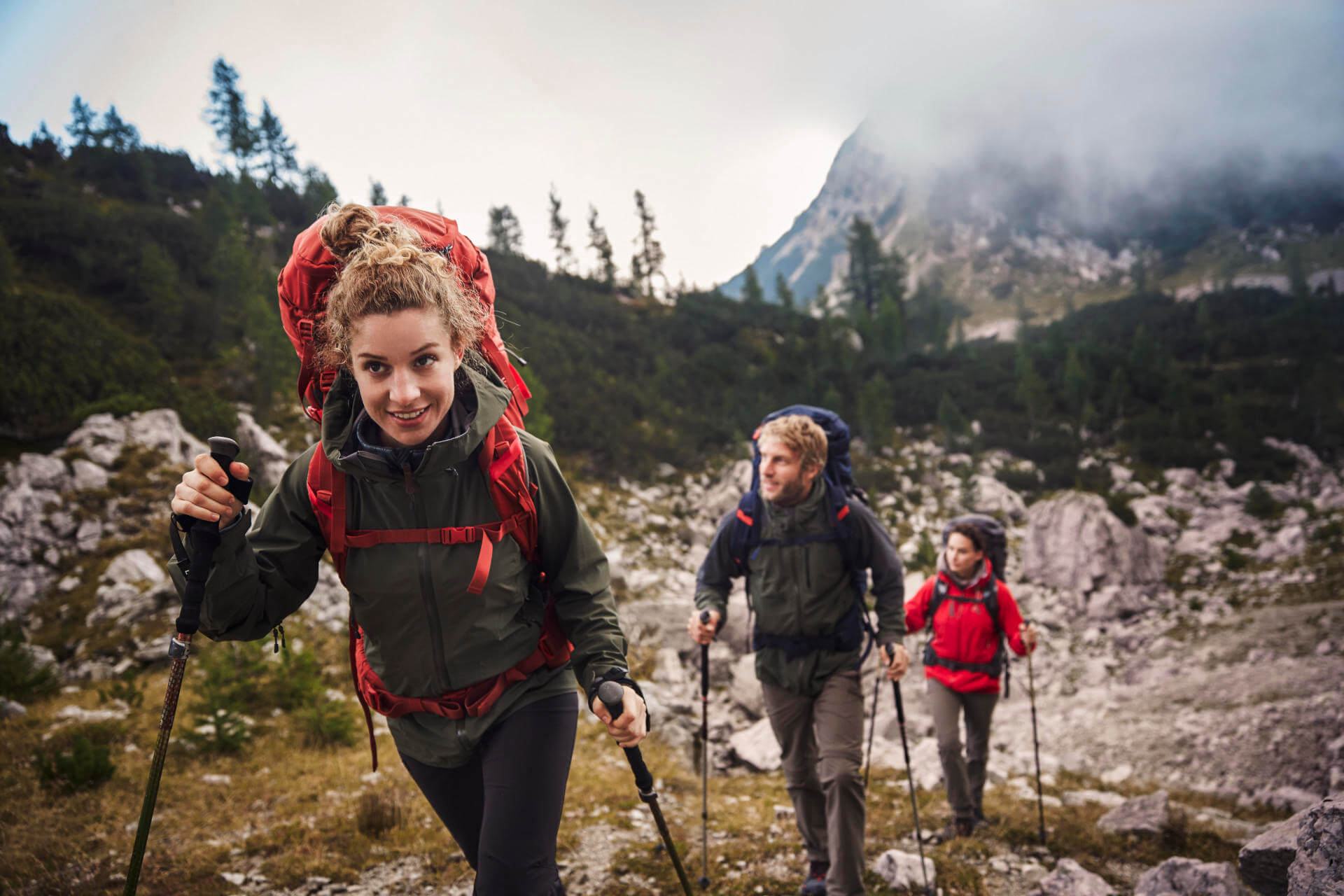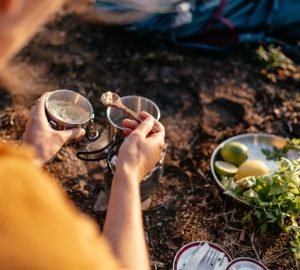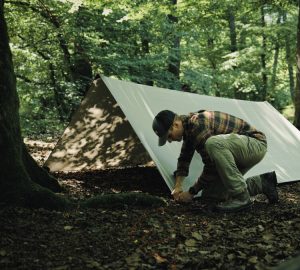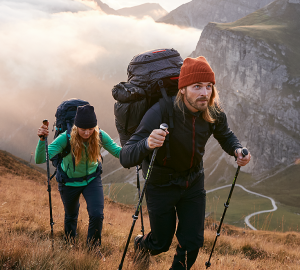Trekking tours are considered as the “royal league” of hiking. Contrary to a day or hut hike, trekkers shoulder their backpack packed with food, tent and sleeping bag to find happiness and a path away from civilization for several days to weeks. This requires a lot of preparation and knowledge.
In this article we have compiled 5 expert tips for trekking novices to explain typical beginner’s mistakes and how to avoid them:
1. Tour selection
Leaving the beaten track promises an adventure. If you plan a trekking tour for the first time, you should start with a manageable three- or four-day tour. For trekking beginners, there are nice routes in Poland, Ireland or Scotland to begin with. Unfortunately, in Germany and some other countries, it is forbidden to set up a tent in the wild. However, you will find many tour descriptions on the Internet including recommendations for overnight stays in tents.
During your first tour you can test and optimize your equipment under real conditions before leaving for a longer tour in Scandinavia or North America. You will also get to know your own needs – how much nature can I cope with, am I fit enough to carry the heavy backpack over long distances?
Tip: A fitness training consisting of hiking, jogging, swimming or cycling is mandatory to handle the physical exertion.
2. Route planning
When it comes to the route planning, it is a typical beginner’s mistake to plan with daily distances that are too far. Often, one overestimates their own condition while the terrain and the weight of the backpack is underestimated. With the help of tour reports or (digital) maps you can calculate your daily walking time at home easily. Don’t forget: The larger and less experienced the group, the more time you have to allow.
Don’t rely on a GPS device alone. The map may be incorrect, it might get damaged or lost or the battery could discharge quicker than expected due to extreme weather conditions. Therefore, it makes sense to have a map and compass with you as a backup. Of course, you should also be able to handle it. But don’t panic, you will find lots of information and videos on the Internet.
Tip: It is sensible to have a detailed timetable for the upcoming day in mind: 6:00 am breakfast, 6:45 am dismantling the tent, for example. Of course, you don’t have to exactly stick to it. But it’s good to structure the day so you will not get under time pressure in the afternoon because the next place to stay overnight is still a long way off.
3. Food supply
How much and what kind of food should I take? Food planning for a trekking tour is not an easy task. Beginners therefore often prefer freeze-dried backpacking food, which only has to be mixed with water. This is ideal in terms of weight but is a drain on your budget.
That’s why it’s worthwhile to put together the food yourself. Anything that can be quickly prepared, provides high levels of nutrition and consumes little fuel is suitable. Typical meals are couscous, instant noodles or other packaged stuff from the supermarket. When selecting, always pay attention to calories. Cereals, power bars and nuts are great energy suppliers. Oats, for example, mixed with milk powder and water make a rich breakfast.
Tip: If it is logistically feasible, deposit some food for the second half of the tour in advance at a suitable place. E.g. hide it in a tall tree and pack it in a way animals can’t smell the food.
4. Equipment
Base layers, softshell pants, rain protection, hiking boots, tent, sleeping bag, cookware, backpack – you will need quite some equipment for a trekking tour. Here, we concentrate on two items: the tent and the backpack.
Don’t choose a too large backpack. It is a typical beginner’s mistake wanting to be prepared for every situation and to take too much with you. It is better to hike with slightly smelly clothes than having to abort the tour with an aching shoulder. Nevertheless, everything necessary must be packed. If you are in a group, make sure you talk about this beforehand. How do you distribute shared items such as stove, first aid kits, food or tents? You will find competent advice on choosing the right backpack at your local dealer.
Try out the backpack – realistically loaded and packed – on a smaller tour before you head off abroad or a two week trail. Also check how to adjust the carrying system properly and what weight you can actually carry for a longer period of time.
Weight and packing size are important factors when selecting a tent. The tent should not weigh more than two kilograms per person. Tunnel tents are particularly suitable for trekking tours. They are quick to put up and dismantle – with a little practice, you can even do it on your own.
Tip: Examine your equipment in terms of versatility. Your sleeping bag cover becomes a nice pillow when you stuff it with a fleece. This way of thinking will save you a lot of weight.
5. Packing your backpack
The basic rules of backpack packing are as follows:
- Pack heavy items as close to the back as possible in the main compartment.
- Pack light, voluminous items such as sleeping bags in the bottom compartment.
- Load the backpack evenly.
- Have weather protection gear close at hand.
To gain space and tidy things up, stuff bags are a great choice. You’ll be able to compress your sleeping bag in a Compression Bag to only a third of its original size. See our article Systematic Carrying – How to properly pack your backpack for more details.
Tip: Attach as little as possible to the outside of your backpack. It is better to pack everything inside the backpack, otherwise you might get stuck or the center of gravity shifts.
There are many good agencies who organize trekking tours – be it as a group trip or an individual tour for two. Why not get your first trekking experience this way? If you are looking for the right equipment, have a look at our tents, backpacks and other trekking gear.







